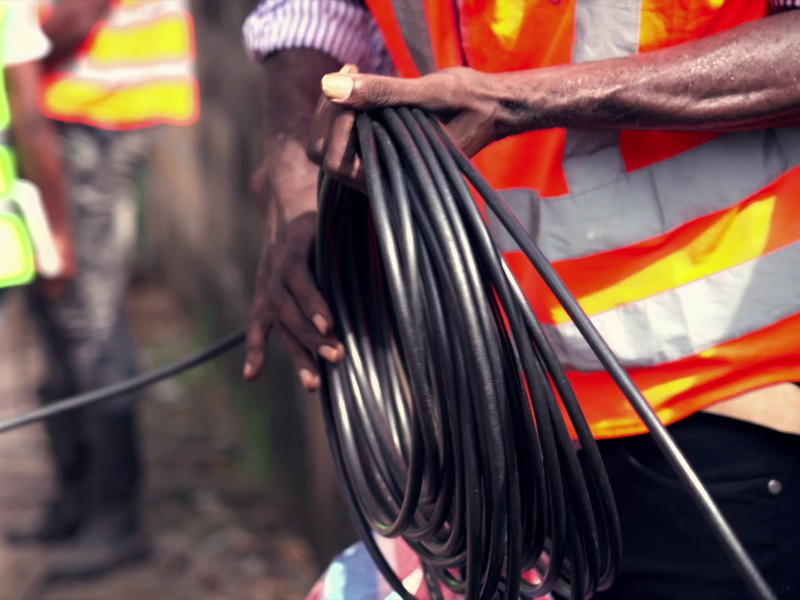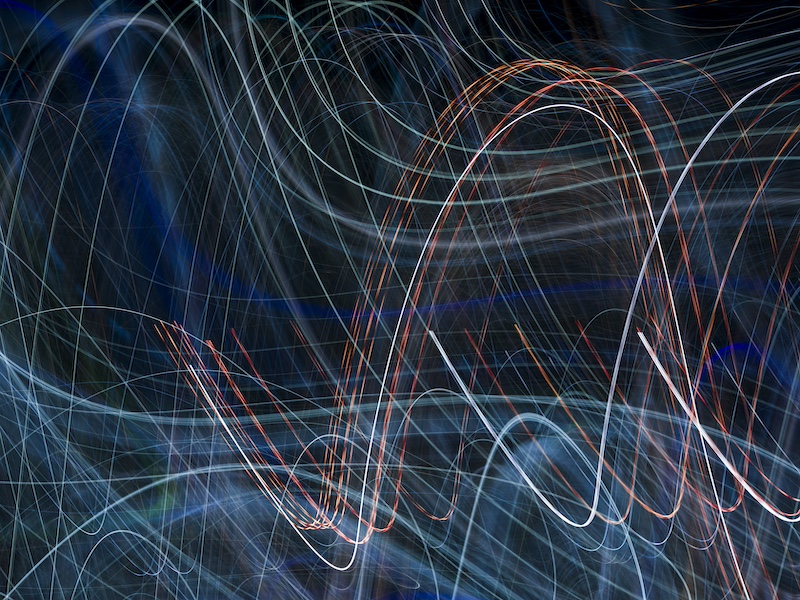- Optical fibre technology uses light to transmit data, offering faster and more reliable internet connections compared to traditional copper cables
- Its applications span across industries, including telecommunications, medical imaging, and military communications, shaping the future of global digital connectivity
Optical fibre technology has revolutionized the way we communicate, allowing faster, more reliable internet and data transmission over long distances. Whether you’re streaming a video, browsing the web, or sending an email, optical fibre plays a critical role behind the scenes. If you’re new to this technology, don’t worry! This beginner’s guide will help you understand what optical fibre is, how it works, and why it’s so important.
Also read: Unveiling the optical network terminal: Your gateway to fast internet
Also read: Discovering the power of fibre optic networks
What is optical fibre?
At its core, optical fibre is a type of cable that uses light to transmit data. Unlike traditional copper wires, which send electrical signals, optical fibres use light signals to carry information. Optical fibres are made from thin strands of glass or plastic that guide light along their length, allowing for ultra-fast communication.
These fibre-optic cables are usually made up of three key parts:
- Core: The central part of the fibre where light travels.
- Cladding: The layer surrounding the core that reflects light back into the core, ensuring that the light signal doesn’t escape.
- Jacket: The protective outer layer that shields the fibre from damage.
How does optical fibre work?
The process of how optical fibre transmits data is fascinating and relies on the principles of light and reflection. When data is transmitted through optical fibre, it’s converted into light signals by a laser or LED light source. These light signals travel through the core of the optical fibre and bounce off the cladding in a process called total internal reflection. This ensures that the light stays within the core, even when the fibre bends or twists, which allows the signal to travel long distances without losing quality.
One of the reasons optical fibre is so fast and efficient is that light travels at a much higher speed than electrical signals. As a result, optical fibre can carry more data, with less interference and signal degradation, than traditional copper wires.

Why is optical fibre important?
- Faster Internet Speeds: Optical fibre allows for much higher bandwidth than copper cables, which translates to faster internet speeds. Whether you’re streaming 4K videos, playing online games, or downloading large files, optical fibre ensures a smooth and fast experience.
- Longer Distance Transmission: Unlike electrical signals, light signals in optical fibre do not lose strength over long distances. This makes it ideal for transmitting data over vast networks, connecting cities, countries, and even continents.
- More Reliable: Optical fibre is less prone to interference compared to copper cables. It’s not affected by electrical noise or weather conditions, making it a more stable and reliable option for transmitting data.
- Future-Proof Technology: As technology continues to advance, the demand for faster data transmission is growing. Optical fibre is a future-proof solution, capable of handling the increased demand for high-speed internet and data transmission as we move toward 5G, smart cities, and the Internet of Things (IoT).
Applications of optical fibre
Optical fibre is used in a wide variety of industries beyond just telecommunications. Here are a few examples:
- Internet and broadband: The most common application of optical fibre is in providing high-speed internet connections. Fibre-optic broadband is increasingly becoming the standard in many parts of the world due to its speed and reliability.
- Medical imaging: Optical fibre is used in medical instruments like endoscopes, which allow doctors to see inside the body without invasive procedures.
- Television and radio: Optical fibre cables are used to transmit TV and radio signals over long distances, ensuring high-quality audio and video transmission.
- Military and defense: Optical fibre is used in military communications systems because it’s secure and resistant to interception.

